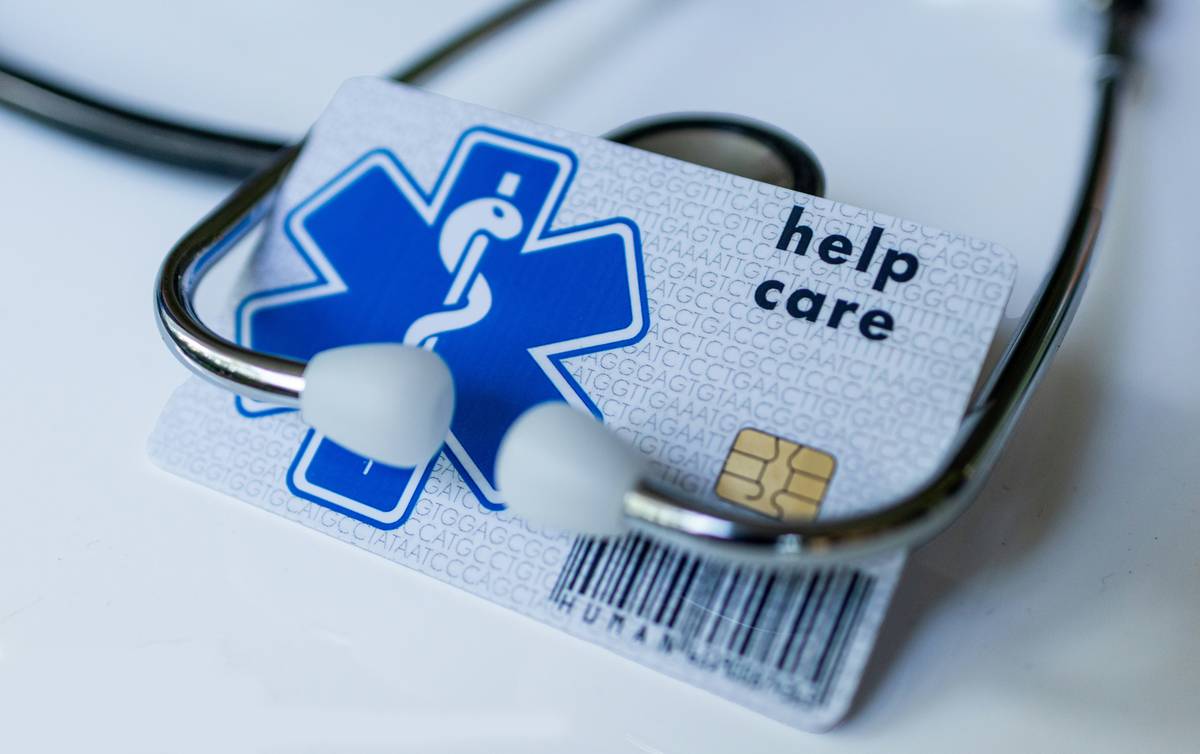Ever had that sinking feeling when you realize your organization might not be fully compliant with HIPAA regulations? You’re not alone. According to the U.S. Department of Health and Human Services, there were over 600 data breaches in healthcare alone in 2022—a number too scary to ignore. But here’s the kicker: vulnerability scanning could have mitigated many of those risks. In this post, we’ll break down why vulnerability scanning for HIPAA is non-negotiable, how to implement it effectively, and share some brutally honest advice along the way.
You’ll learn:
- Why HIPAA compliance starts with robust cybersecurity
- A step-by-step guide to conducting vulnerability scans
- Best practices to keep your systems airtight
- Real-world examples where scanning made all the difference
Table of Contents
- Key Takeaways
- Section 1: Why Vulnerability Scanning Matters Under HIPAA
- Section 2: A Step-by-Step Guide to Vulnerability Scanning
- Section 3: Best Practices for Effective Vulnerability Scanning
- Section 4: Real-World Case Studies in HIPAA Compliance
- Section 5: FAQs About Vulnerability Scanning for HIPAA
Key Takeaways
- Vulnerability scanning is essential for protecting sensitive patient data under HIPAA.
- Regular scans can prevent costly penalties and reputational damage from breaches.
- Automated tools combined with expert oversight create the strongest defense strategy.
Why Vulnerability Scanning Matters Under HIPAA

“Oops, did I just accidentally expose thousands of patient records?”—said no one ever… until they actually did. It happens more often than you’d think because even small vulnerabilities can lead to massive exposure. The HHS doesn’t play around when it comes to enforcing HIPAA compliance, slapping fines up to $1.5 million per violation category annually.
If you’ve ever ignored an update alert on your work computer, picture this: That little “update available” icon is like a ticking time bomb waiting to blow open a backdoor into your system. And trust me, hackers are craftier than ever. They sniff out these weak points faster than my dog finds crumbs after breakfast. So what does vulnerability scanning do? It detects potential entryways BEFORE someone malicious exploits them.
A Step-by-Step Guide to Vulnerability Scanning

Optimist You: “Hey, let’s scan our systems today!”
Grumpy You: “Ugh, fine—but only if coffee’s involved.”
Step 1: Identify Critical Assets
First things first—know which parts of your network handle protected health information (PHI). Think servers, databases, employee devices—you name it. Prioritize assets based on their sensitivity level.
Step 2: Choose Your Tools Wisely
Gone are the days of manual checks (thank goodness). Invest in reliable vulnerability scanning software tailored for HIPAA compliance. Popular options include Qualys, Nessus, or Tenable.io, but don’t forget—they’re only as good as the person running them.
Step 3: Set Up Automated Schedules
Seriously, who has time to manually run scans every week? Automate recurring scans to ensure continuous monitoring without adding extra tasks to your plate. Sounds like your laptop fan during a 4K render—whirrrr.
Step 4: Analyze Results & Patch Issues
Once the scan finishes, brace yourself for the report—it’s probably going to hurt a little. Address high-risk findings immediately and document everything for future audits. Yes, documentation feels tedious, but it saves your butt later.
Best Practices for Effective Vulnerability Scanning

- Prioritize Regular Scans: Aim for quarterly at minimum, though monthly or weekly schedules are better depending on your risk profile.
- Combine Manual & Automated Efforts: While automation rocks, human expertise catches nuances bots miss.
- Train Employees: People are often the weakest link. Teach staff to recognize phishing attempts and secure their devices properly.
- Partner with Third Parties: If managing IT feels overwhelming, outsourcing to pros ensures nothing slips through cracks.
And now for one terrible tip you should NEVER follow:
“Just wing it.” Yeah, right. Like skipping flossing—bad idea.
Real-World Case Studies in HIPAA Compliance
Let’s talk about Horizon Healthcare Services Inc., hit with a $1.1 million penalty after failing to patch known vulnerabilities. Their story screams WHY vulnerability scanning matters. On the flip side, consider Baptist Health South Florida, which avoided similar disasters thanks to proactive scanning routines and prompt fixes.
FAQs About Vulnerability Scanning for HIPAA
What Is Vulnerability Scanning?
It’s a process that identifies, classifies, and prioritizes security loopholes within your IT infrastructure before they become problems.
How Often Should We Run Scans?
At least quarterly—but ideally monthly—for organizations handling PHI.
Do Small Businesses Need This Too?
Absolutely. Hackers target easy prey, regardless of company size.
Conclusion
To recap, vulnerability scanning isn’t just another checkbox—it’s a lifeline keeping your patients’ private info safe while shielding you from crippling fines. From identifying critical assets to automating schedules, each step builds toward stronger HIPAA compliance. Now go forth and fortify those digital walls!
P.S. Remember, success loves consistency.
Like a Tamagotchi, your SEO needs daily care.


